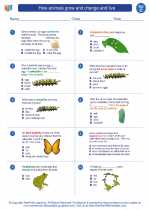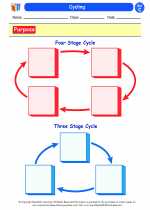Understanding Axons
Let's learn about axons! Axons are long, slender projections of a nerve cell, or neuron, that conduct electrical impulses away from the neuron's cell body. They are a crucial part of the nervous system and help transmit signals from one part of the body to another.
Structure of Axons
Axons are covered by a protective layer called the myelin sheath, which is made up of specialized cells called Schwann cells in the peripheral nervous system and oligodendrocytes in the central nervous system. The myelin sheath helps speed up the transmission of electrical signals along the axon. At the end of the axon, there are small structures called axon terminals, which transmit signals to other neurons or target cells.
Function of Axons
Axons play a crucial role in transmitting electrical impulses, or action potentials, from the cell body of the neuron to other neurons, muscles, or glands. These impulses travel along the axon and are transmitted to other cells at the axon terminals, where they can trigger a response in the target cells.
Key Points to Remember
- Axons are long projections of nerve cells that transmit electrical impulses away from the cell body.
- They are covered by a myelin sheath, which helps speed up signal transmission.
- Axon terminals transmit signals to other neurons, muscles, or glands.
- They play a crucial role in the communication within the nervous system.
Study Guide for Axons
Here are some key questions to help you understand axons:
- What is the function of axons in the nervous system?
- How is the structure of axons adapted to their function?
- What are the key components of axons, and how do they contribute to signal transmission?
- What is the role of the myelin sheath in axon function?
Use these questions to guide your study and deepen your understanding of axons and their importance in the nervous system.
.◂Science Worksheets and Study Guides Third Grade. How animals grow and change and live

 Worksheet/Answer key
Worksheet/Answer key
 Worksheet/Answer key
Worksheet/Answer key
 Worksheet/Answer key
Worksheet/Answer key
 Worksheet/Answer key
Worksheet/Answer key
 Vocabulary/Answer key
Vocabulary/Answer key
 Vocabulary/Answer key
Vocabulary/Answer key
